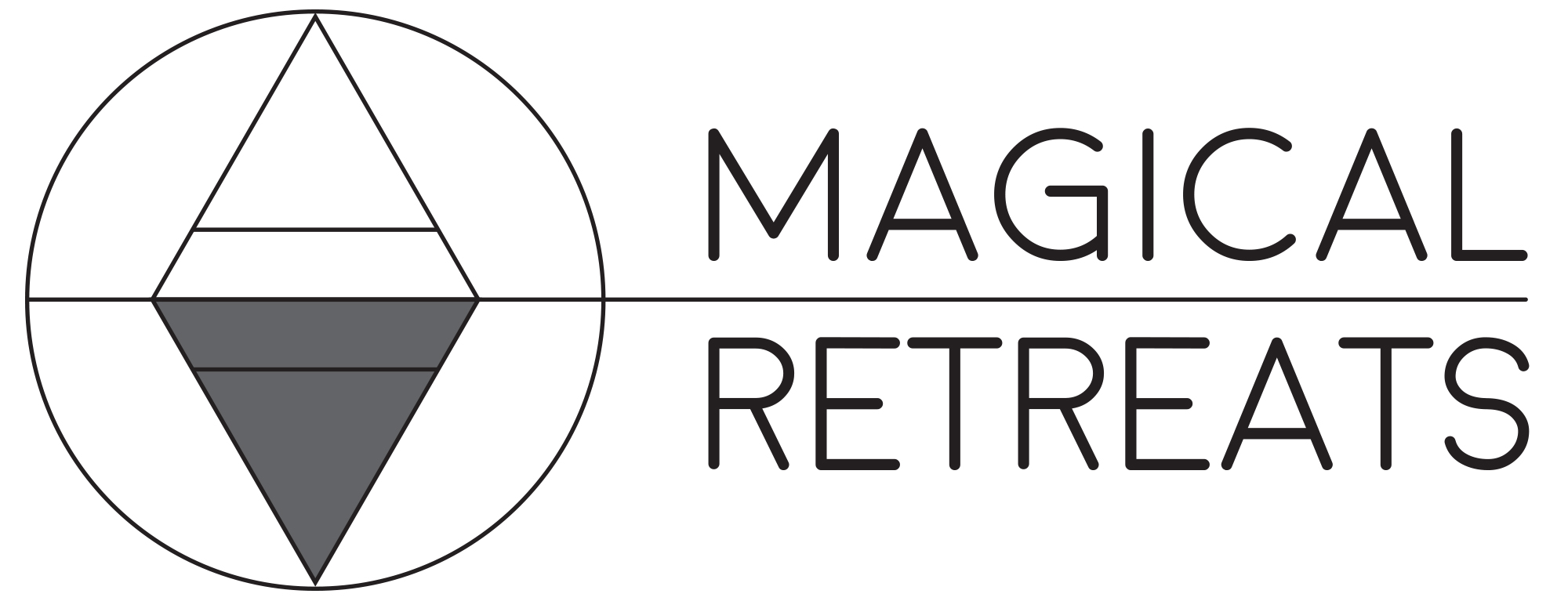Hekate - Mother of All and goddess of Magic and the Underworld.
What is Samhain?
Is it the same as Halloween?
Not Quite. We’re used to celebrating Halloween at the end of October. However, Halloween as we know it now, with its trick or treating, dressing up in ‘scary’ costumes, and gaudy plastic decorations has its roots in the much revered and sacred Pagan festival of Samhain.
This time of year still sees many Wiccan, Druids and Pagans across the globe observe the sanctified rites of Samhain, literally meaning ‘summer’s end’, and pronounced saa-ween. It is a celebration of the end of the harvest, and the start of winter, a festival to honor whatever has come to pass, and the wisdom and experience we have amassed as a part of our personal ‘harvest’. Samhain is also a festival when we honor those who have passed. As Samhain represents the end of the cyclic year, being the last spoke of the Wheel of the Spiritual year, Samhain is referred to as the Spiritual New years Eve. Many archetypes are associated to this celebration, particularly the goddess Hekate We will be paying tribute to her at our event. Click here to learn more about her.
Samhain has Celtic and Norse roots, which have, through the ages, spread across the globe. It is often celebrated over the course of several days and nights, and these extended observances usually include a series of solo rites as well as ceremonies, feasts, and gatherings with family, friends, and spiritual community. Samhain can be celebrated any day within the week of the October full moon.
With the spread of Christianity, Samhain inevitably took on a more appropriately Christian appearance, transitioning to being called All Saint’s Day or All Hallow’s Eve, from which our modern ‘Halloween’ was born, in remembrance of Christian saints and martyrs. With the arrival of Christian Spaniards in Mexico, the indigenous customs of honoring the Dead at this time of year mixed with Roman Catholicism and gave birth to the Day of the Dead, Dia de los Muertos, in early November. So Samhain shares the ancient spiritual practice of remembering and paying respects to the Dead with these related religious holidays of Christianity.
Samhain's long association with death and the Dead reflects Nature's cyclical and seasonal rhythms. In many places, Samhain coincides with the end of the growing season. Vegetation dies back with killing frosts, and therefore, literally, death is in the air. This is why it is said that during Samhain, the veil is thin between the world of the living and the realm of the Dead, and this facilitates contact and communication. For those who have lost loved ones in the past year, Samhain rituals can be an opportunity to bring gentle closure to grieving.
Ritually celebrating the darkness of winter also commemorates our own descent into our unconscious realms- our underworlds - to hibernate, as our animal brothers and sisters do. It is a time to stop, slow down, take stock of the fading year and absorb and integrate what needs to be seen. In our age of always switched-on electronic connectivity, and the incessant, unsustainable culture of productivity, Samhain is an invitation to connect with this important aspect of Nature’s rhythm, and begin our descent into our own process of allowing what no longer serves us to die, decompose and transmute, while honoring what these experiences have taught us.
Samhain is a time of introversion and reflection, as well as a celebration of the passing of what has come and gone. Fire is a key element in almost all Samhain gatherings as it lights the way in the coming darkness, and accepts our offerings of what we wish to release and honor, making space for new intentions.


